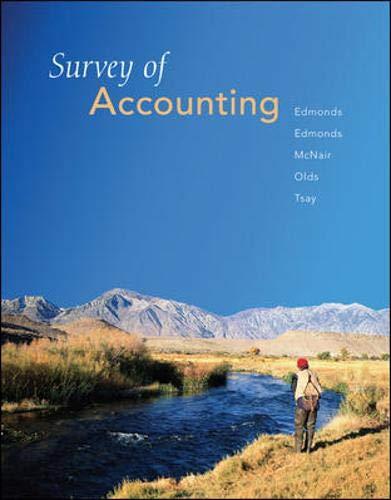Many companies have a form of debt called capital leases. A capital lease is created when a
Question:
Using the most current Forms 10-K for Union Pacific Corporation, complete the requirements below. To obtain the 10-Ks use either the EDGAR system following the instructions in Appendix A, or the company’s website.
Required
a. What was Union Pacific’s debt to assets ratio? (You will need to compute total liabilities by subtracting “Common shareholders’ equity” from total assets.)
b. How much interest expense did Union Pacific incur?
c. What amount of liabilities did Union Pacific have as a result of capital leases? Footnote 5 presents information about Union Pacific’s leases.
d. What percentage of Union Pacific’s long-term liabilities was the result of capital leases?
e. Many companies try to structure (design) leasing agreements so their leases will not be
classified as capital leases. Explain why a company such as Union Pacific might want to avoid reporting capital leases.
GAAP
Generally Accepted Accounting Principles (GAAP) is the accounting standard adopted by the U.S. Securities and Exchange Commission (SEC). While the SEC previously stated that it intends to move from U.S. GAAP to the International Financial Reporting Standards (IFRS), the...
Fantastic news! We've Found the answer you've been seeking!
Step by Step Answer:
Related Book For 

Survey Of Accounting
ISBN: 9780077503956
1st Edition
Authors: Thomas Edmonds, Philip Olds, Frances McNair, Bor-Yi Tsay
Question Posted:





